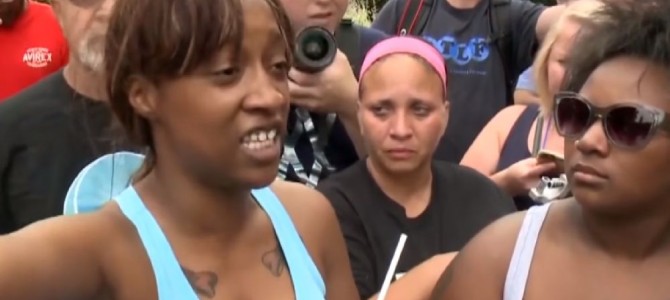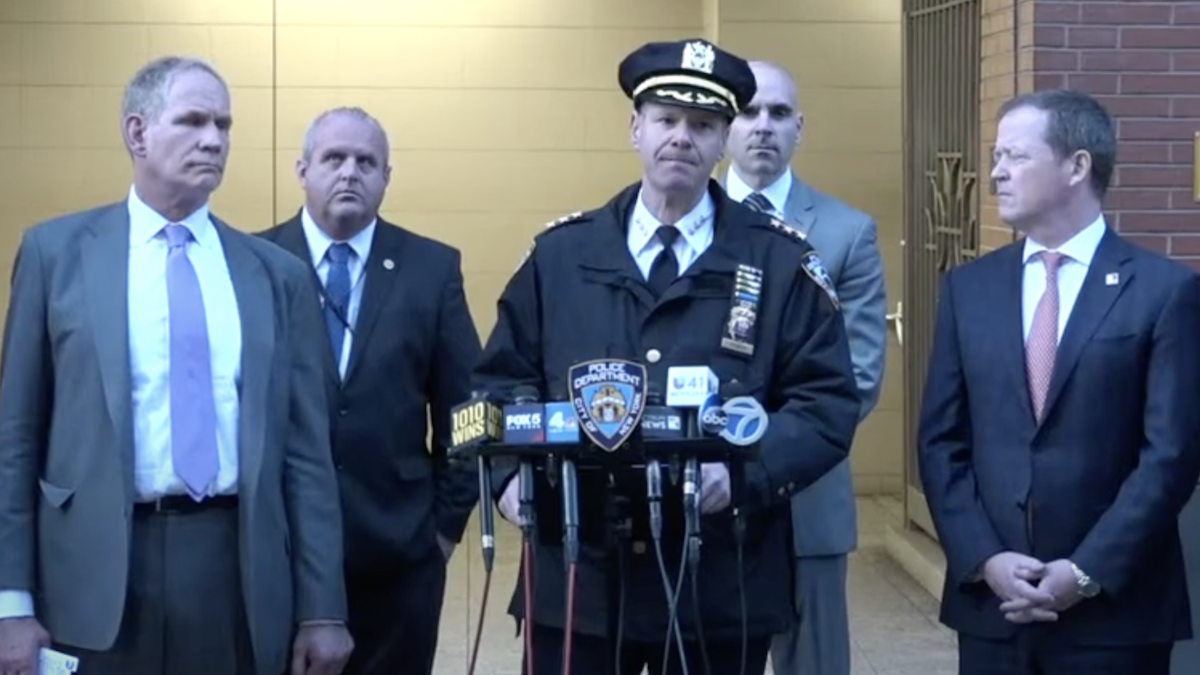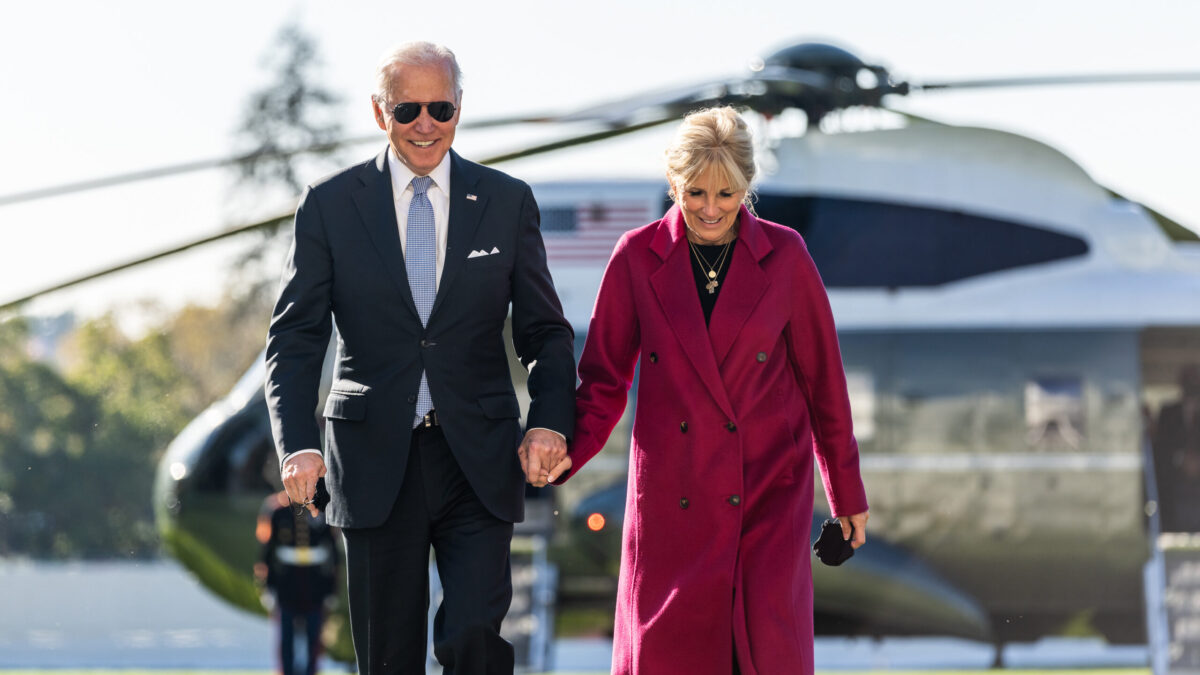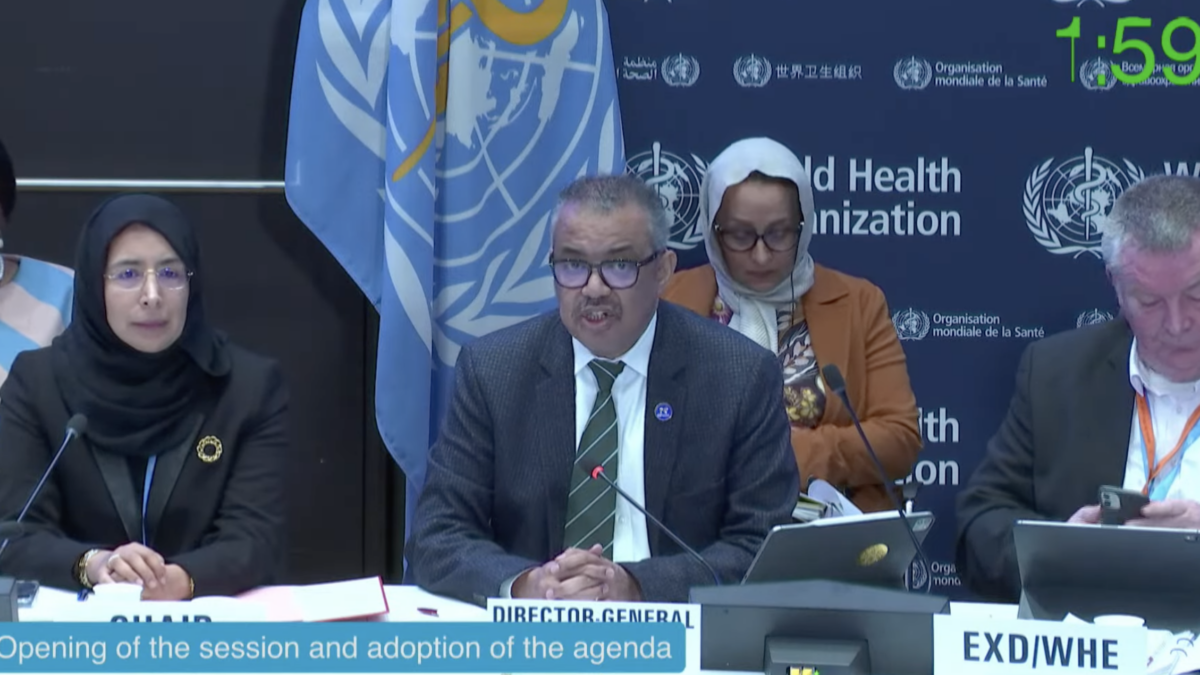
In the early 1960s the nascent platform of television news brought images of the civil rights movement into the living rooms of American white people. Most understood the reality of racial discrimination, but had never seen firehoses and dogs set on human beings. The images shocked and galvanized them. It led to change—often not enough change, sometimes the wrong change, but the truth could no longer be ignored.
This week, the videos of the police killings of Alton Sterling and Philando Castile have shocked a white America that has known for too long there is a problem. Every white American paying attention already knew police kill black men at alarming rates. But knowing isn’t seeing. This week we saw and felt the shock and pain of a woman losing the man she loves. This week the technologies of smartphones and social media brought all this into our living rooms.
As if these horrible events were not enough, in their wake five police officers are dead in Dallas, victims of a madman who set out to kill white cops. It’s a reminder that our rhetoric has consequences, but so does our silence.
After watching these videos I understood the term “Black Lives Matter” in a new way. In fairness, the movement (which I remain critical of in significant ways), has been trying to explain it to me for some time. What the term really means is that black lives don’t matter. Not enough, anyway. This is an ugly concept for white Americans to accept. But it is a daily reality for America’s blacks.
Hear Our Cries, Someone
So far, this carnage has failed to convince much of white America that there is a crisis going on. Individual events can be painted as isolated incidents. Statistics can be used to show that black men have a higher rate of police interactions. We can tell ourselves, truthfully, that police departments and the government are initiating training and best practices. After all, what can we really do other than sit in our living rooms and watch?
Ever since the riots in 1968 black protesters have been mocked for burning down their own neighborhoods. But there is a logic behind this that is important to understand. We watch. If the protesters in the Newark riots had gone to raise hell on the Upper East Side, white America’s response would have been a lot more than watching. It would have led to a confrontation the protesters knew they were bound to lose.
But white America watched the Watts riots, just as we watched Ferguson. In both cases black Americans were yelling “Look at me!” They were demanding that we see and feel the crisis of police violence towards blacks. Not as an esoteric problem, but as a time bomb, ready to go off at any minute with the news of another deadly police shooting.
When the next black man or child is killed, we will once again wince, shake our heads, and hope officials get their act together. Then we will return to our lives, the things that really matter. This is the problem Black Lives Matter is attempting to address. Do I agree with them shutting down others’ speech to put their message first? In most cases I do not. Do I understand why they are doing it? Absolutely.
If instead of black people being murdered by police we were facing the outbreak of a disease, or a drumbeat of killings by foreign actors, it would be the only story until the problem was solved. It would not ebb and flow into our consciousness with each breaking newsflash. As wrongheaded as some of the movement’s actions have been, on this point they are quite correct. We aren’t acting like this matters to us.
Silence Is Not the Answer
It is difficult for white Americans to know what they can, or even what they are supposed to, do. On the one hand we are told to be allies, standing in the background, silently listening to voices of the voiceless. But at the same time we are told this is our problem and only we can fix it, which is doubtless true. But these two admonitions are at cross-purposes. White people cannot face this problem with an attitude of respectful silence.
We must be loud about this crisis. It must stay above the fold, and in our feeds. We must be animated and angry. More than anything, we must let our black countrymen know we see this for what it is and we will not stand for it. Do not be swayed by the white race-baiters posting pictures of victims to make them look like criminals. There will be cases where the victim is a sinner; there will be cases where the victim is a saint. But what these cases must represent to us is one single broad problem: police killing black people.
The 1960s were a time of tremendous and important legislative and judicial change. But ultimately, it wasn’t the laws or the state that underwent the most important change. It was us. We were shocked into self-reflection. We were stunned into caring. Attitudes changed. Ultimately, we must trust and promote that hope of changing attitudes.
Law and policy can attempt to address systemic racism, but every system is eventually implemented by people. The hand that holds the gun is the only system. In those long, deadly moments choices are made, threats assessed, and actions taken. We must never accept the color of a person’s skin influencing the police officer facing these situations.
I’m not convinced white Americans have accepted this. In fact, I know many have not. As black Americans shout, yell, and cry that their lives matter, the eerie silence of white Americans carefully balancing causes and solutions whispers back, “No, they don’t.”
Now is the moment we must not avert our eyes. We must stare at this scourge of killings and demand that stopping them take the highest priority. If we believe, as most of us hope we do, that all lives matter, now is the time to prove it.









